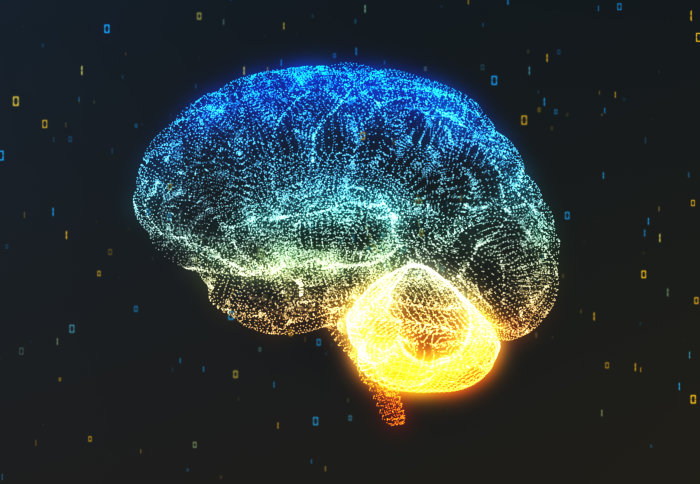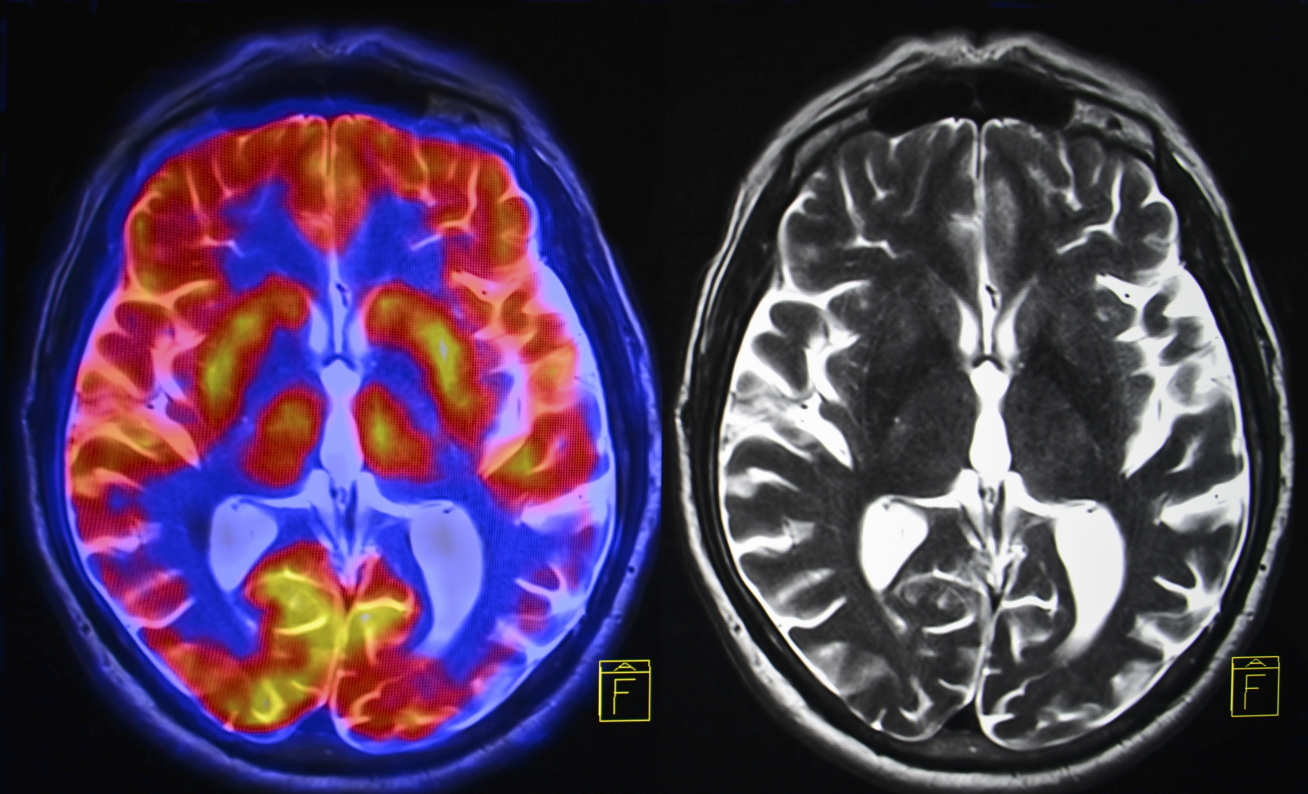Alzheimer's brain 'atlas' may help identify new treatments
by Kate Wighton

A £2m initiative to create an ‘atlas’ of the brain at different stages of Alzheimer’s disease has been launched at Imperial College London.
This will be the first time that UK brain tissue resources have been coordinated on such a scale to study Alzheimer’s disease pathology at every stage of the illness.
Developing this resource for all researchers in the field gives us an exciting and unique opportunity to work together to understand the processes involved in Alzheimer’s disease Dr Johanna Jackson Project Manager
Very little is known about what causes Alzheimer’s disease, which accounts for around two thirds of all dementia cases (around 33 million people worldwide).
There are still no treatments that can stop, slow or prevent it. Understanding the biological mechanisms behind the disease is essential to finding ways to treat it.
The UK Dementia Research Institute's (UK DRI) Multi-‘omics Atlas Project (MAP) will use an unprecedented range of advanced techniques to examine tissue from eight different regions of the brain.
The aim is to gain a much fuller understanding of key cell characteristics, including what influences the genes of individual cells to be expressed, and the role of proteins and other factors on their function.
The data obtained will be combined with information gathered from microscopic examination of the tissue, and with the medical history of each brain donor.
Powerful techniques to study brain cells
Powerful new molecular imaging technology will be used to examine subtle but important differences in cell types and their relationships in the brain.
From these data, scientists will be able to develop a better understanding of how individual cells function and interact with their environment.
Filling this knowledge gap is vital if we are to find new effective treatments and approaches to slowing and preventing this devastating illness Professor Paul Matthews Director, Imperial Dementia Research Institute
Working with Brains for Dementia Research, the UK Brain Banks Network and Alzheimer Scotland Dementia Research Centre, the UK DRI team will develop a tissue resource of carefully selected, well-annotated and centrally managed brains with one hemisphere frozen and the other prepared for microscopic analysis.
Material from eight standardised sampling regions will be studied, both at the level of the single cell and by observing multi-cellular characteristics.
As they establish the resource, the team plans to tackle key, previously unanswered questions about tissue quality that will help refine similar studies in future, including how time between death and freezing of tissue impacts its quality, and what is the best measure of tissue quality.
All data and spatial information will be compared across different brain regions and at different stages of the disease.
Stopping Alzheimer's in its tracks
By studying tissue at the early stage of illness, the team hopes to determine the most optimal time to target the disease before widespread neurodegeneration takes place.

Efforts to target the late stages of Alzheimer’s disease have thus far proved ineffective, and the field is now focusing efforts on developing therapies to be given as early as possible to alter the course of the illness.
The initial three-year pilot will study 12 brains of people who had Alzheimer’s at different stages of the disease, and six brains of people without the illness.
Eventually, the project aims to increase the number of brains studied to 48, to further enhance our understanding of the disease process.
Taking understanding to a new level
The project is designed so that it can be extended to include new techniques as they are developed, using the same set of donor brains, and to add new data to the existing dataset. It is hoped that the study could eventually be expanded to map the pathology of other neurodegenerative diseases.
The UK DRI is putting £2 million behind the project, which will be managed by Dr Johanna Jackson at its centre at Imperial College London, under the leadership of Professor Paul Matthews.
This project will enable us to understand Alzheimer’s disease in incredible depth. Professor Bart De Strooper Director, UK Dementia Research Institute
It has the potential to further our understanding of disease manifestation and progression on an unprecedented level, thanks to the number of techniques being used together, the number of brain regions being studied at different phases of disease, and the rigorous approach to standardisation of tissue.
Researchers worldwide will be able to access and use the data, so facilitating new understanding of disease mechanisms, development of more precise biomarkers, and the discovery of novel drug targets.
Dr Johanna Jackson, senior scientist at Imperial College London and Scientific Project Manager for MAP, commented: “Developing this resource for all researchers in the field gives us an exciting and unique opportunity to work together to understand the processes involved in Alzheimer’s disease.
"This greater understanding of the cell types involved in different brain regions at different stages will not only further our knowledge and address unanswered questions about the disease but will also inform drug discovery studies. This work is vital to gain more information about a disease which has such a devastating effect on our ageing population.”
Groundbreaking aim
Professor Paul Matthews, UK DRI Centre Director at Imperial College London, commented: “Alzheimer’s, like other neurodegenerative diseases, involves many complex interactions between cells throughout the brain. There is much that we still don’t know about these underlying mechanisms and their causes. Filling this knowledge gap is vital if we are to find new effective treatments and approaches to slowing and preventing this devastating illness.
“To truly understand what is going on when someone develops Alzheimer’s, we need to map the interactions and mechanisms happening in different parts of the brain. Thanks to recent advances in the fields of multi-‘omics, imaging and computational methods, we are now in a position to take huge leaps forward in understanding how and why Alzheimer’s develops.”
Professor Bart De Strooper, Director of the UK DRI, commented: “This project will enable us to understand Alzheimer’s disease in incredible depth. We will be able to record all molecular changes that occur in the billions of cells in the brain with unprecedented detail. I am particularly pleased by the extent of cooperation across the scientific community that the UK DRI has been able to establish to achieve this groundbreaking aim.”
The programme is the second in the UK DRI’s series of Directors’ Strategic Initiatives, with the first being a £2 million award for a gene therapy facility announced last year.
Article text (excluding photos or graphics) © Imperial College London.
Photos and graphics subject to third party copyright used with permission or © Imperial College London.
Reporter
Kate Wighton
Communications Division